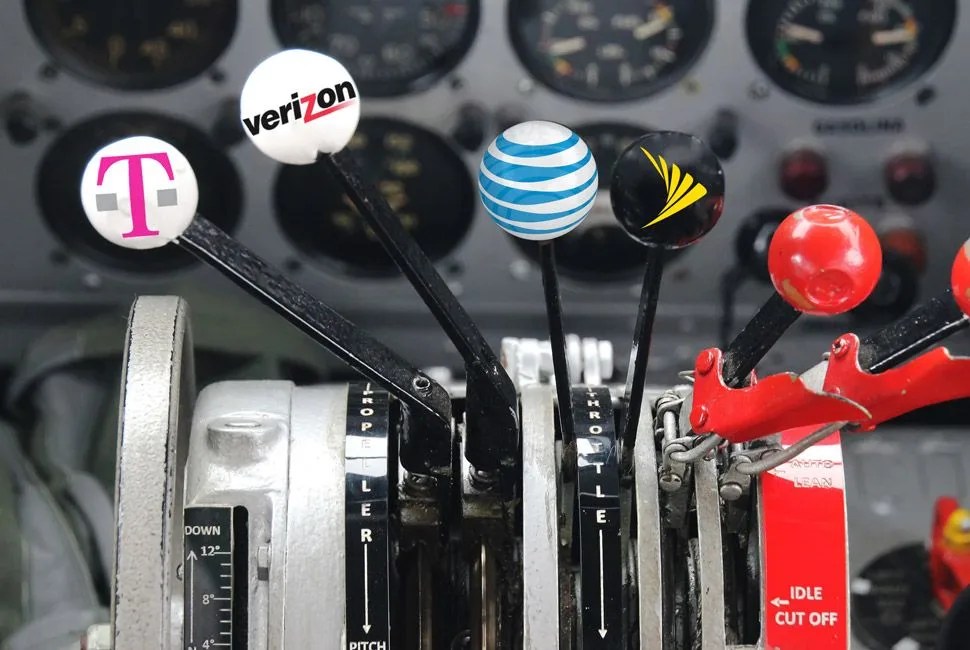☲☰CRYPTED
Editor’s Note: For most of us, the wide world of technology is a wormhole of dubious trends with a side of jargon soup. If it’s not a bombardment of startups and tech trends (minimum viable product, Big Data, billion dollar IPO!) then it’s unrelenting feature mongering (Smart Everything! Siri!). What’s a level-headed guy with a few bucks in his pocket supposed to do? We’ve got an answer, and it’s not a ⌘+Option+Esc. Welcome to Decrypted, a new weekly commentary about tech’s place in the real world. Writer Darren Murph, the former Managing Editor of Engadget and a Guinness World Record holder for number of blog posts published, will spend some weeks demystifying and others criticizing, but it’ll all be in plain english. So take off your headphones, settle in for something longer than 140 characters and prepare to wise up.
“Unlimited” is such a funny word, is it not? So funny, in fact, that Capital One has had to enlist Samuel J. Jackson to appear on your television screen and shout it to the rooftops — Pulp Fiction-style — to get you to believe it. Humans have a tendency to assume that there’s a secret asterisk tailing every mention of the word, and for good reason. As it applies to your smartphone’s data plan, the word has been bandied about for years, but things have just recently reached peak confusion.
Throttling is a term that has snuck up on laypeople all of a sudden, particularly applying to how mobile data is delivered. Rather than just cutting users off altogether once a certain usage level is reached, carriers far and wide are instead putting a chokehold on the speed at which data is delivered. In other words, those who consume too much lightning-fast LTE data may find their emails loading much slower until the next billing cycle. That’s better than no data at all, but it’s a very poor user experience that you’d be wise to avoid.
Peek any major TV ad for a mobile carrier, and you’ll likely hear a spokesperson proclaim that any postpaid plan includes unlimited talk and text. Which is 100 percent true for domestic communications. The issue, of course, is that you don’t really care about talking and texting — at least not like you used to. While carriers could at one point justify charging a quarter per text message and several dollars for a minute of calling, those days are long gone. Instead, we’ve been conditioned to expect calling and texting to be thrown in gratis, with the real value being the associated data plan.
The modern mobile currency is data, not talk or text or anything else. This has led various carriers to sell that data in various ways, oftentimes conflating the word “unlimited” — and, more recently, bending the limits of net neutrality, complicating things further. To make matters worse, most folks have no concept of how easy it is to burn through a megabyte, a gigabyte, or any other kind of byte. For perspective, streaming just one hour of HD footage on Netflix will consume up to 2GB of data, while spinning a playlist on your favorite music app eats up 60MB per hour. Loading a simple website can consume between 1MB and 5MB, while online gaming typically devours 5MB per hour. (For a more detailed breakdown, Verizon has a nifty calculator.)
Here’s the real scoop on what “unlimited” really means, how different carriers are handling the data crunch, and how you can guard yourself from unexpected bill shock.
